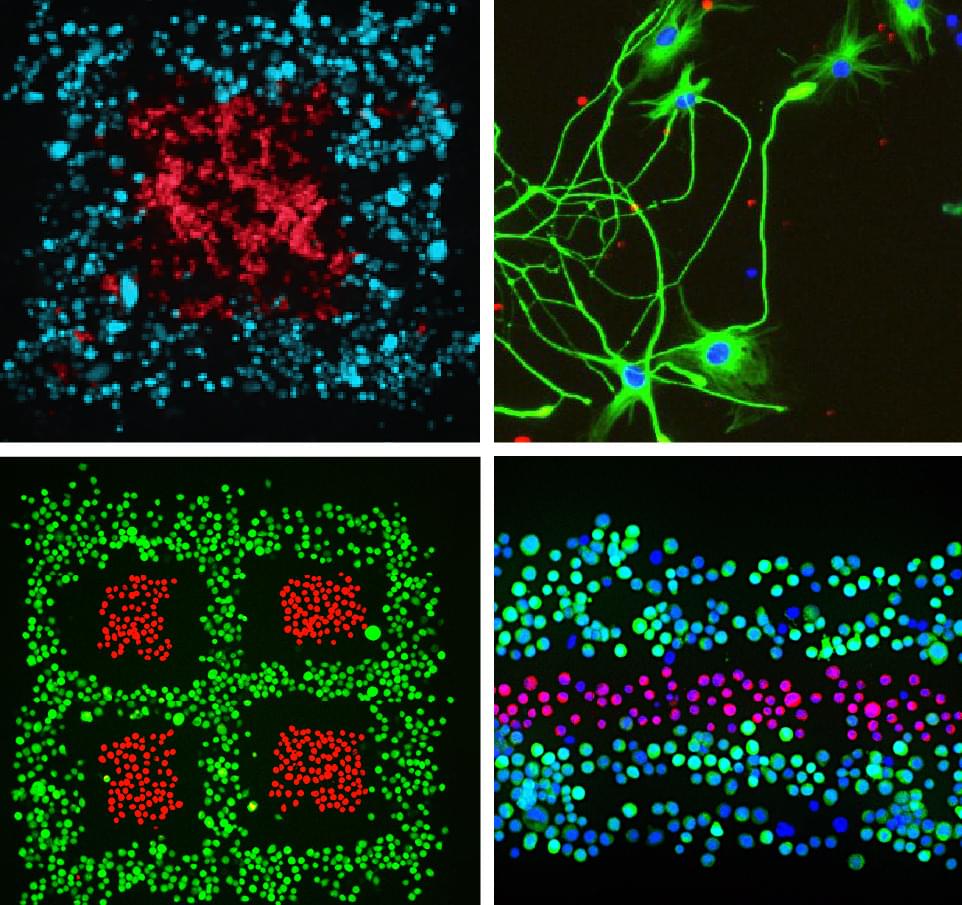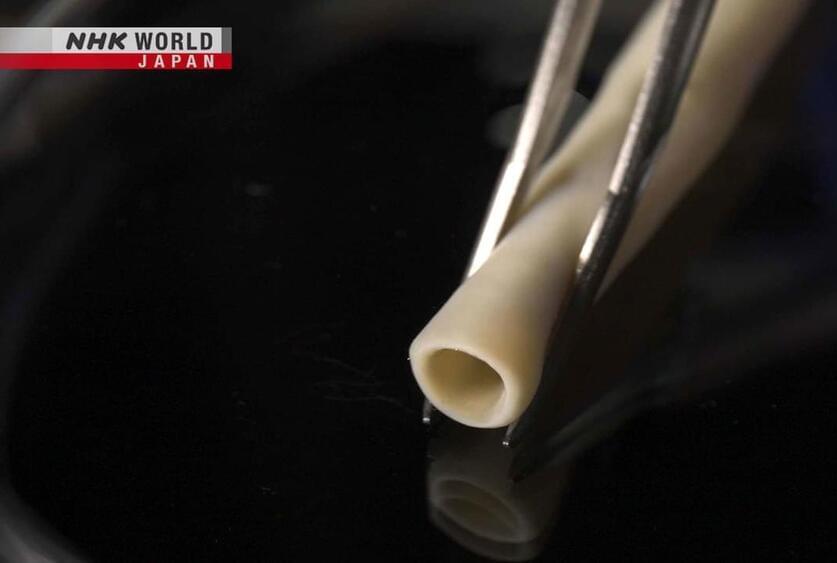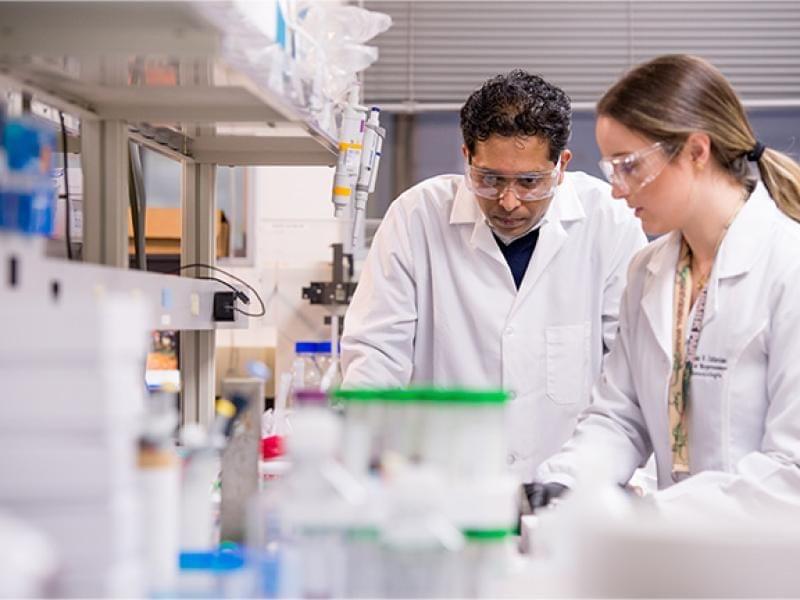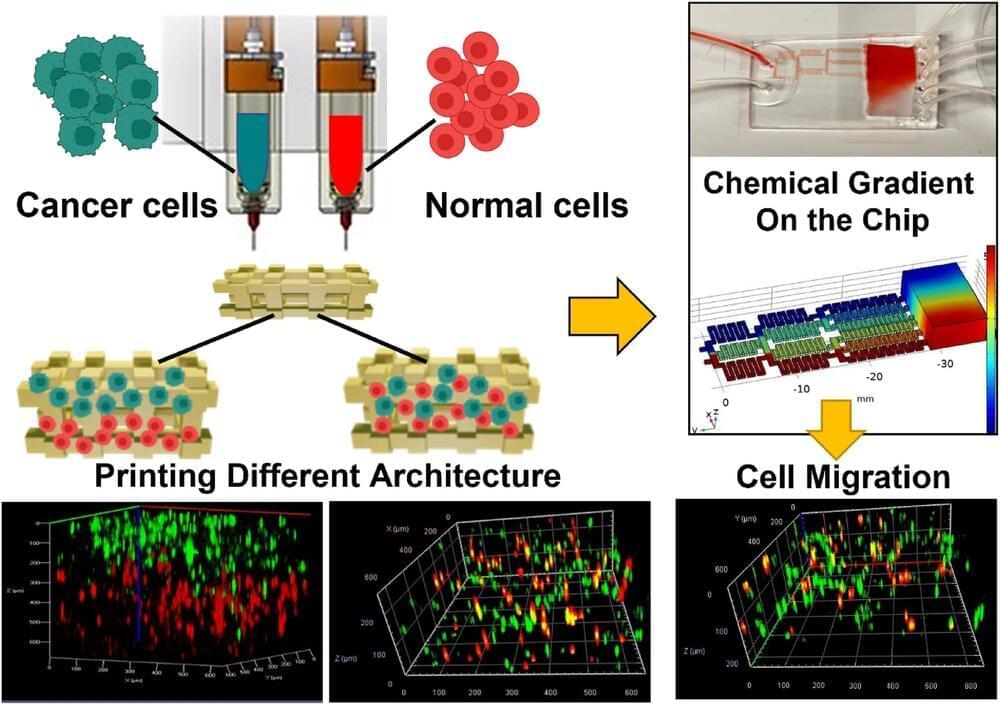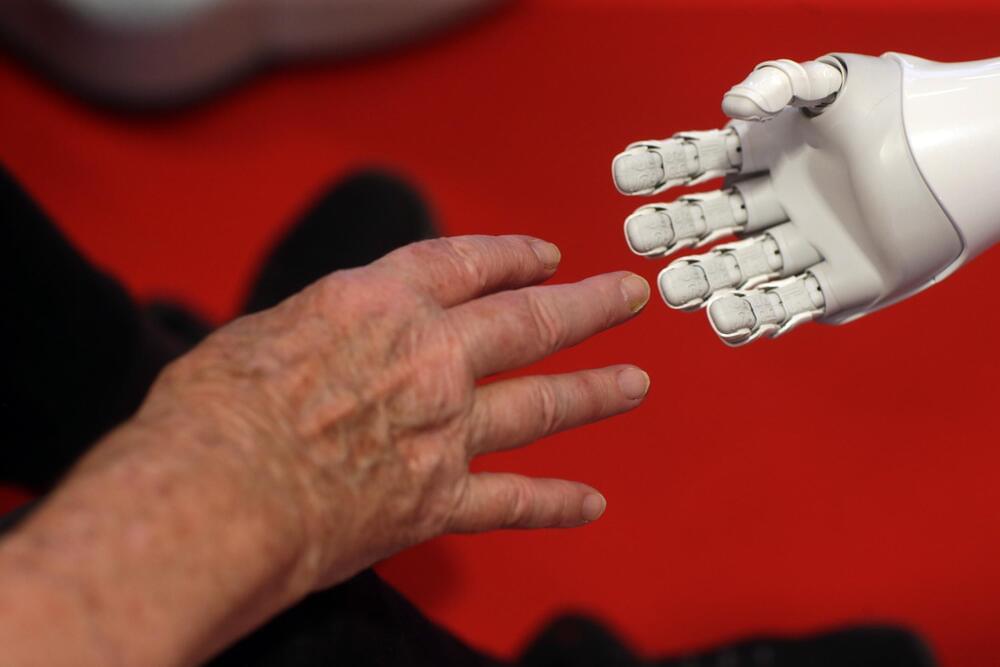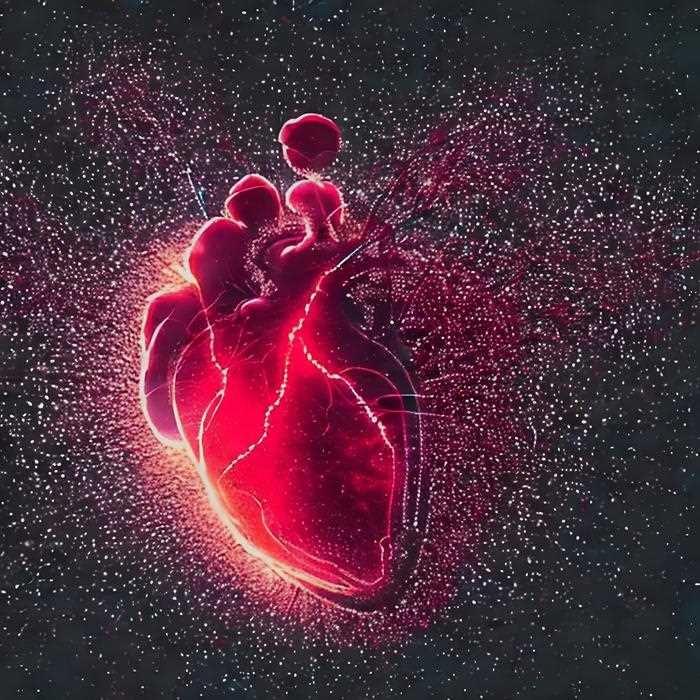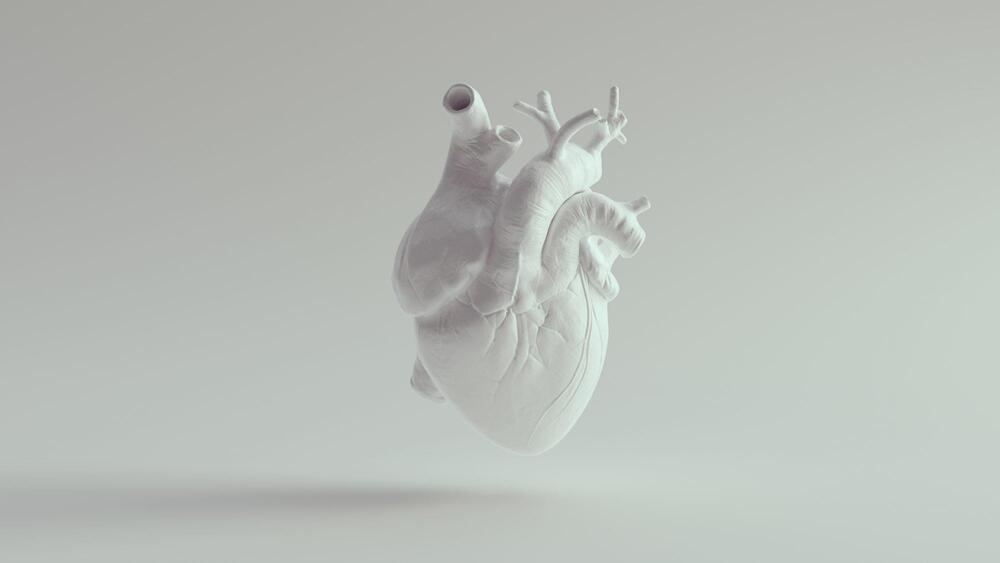Science: In future maybe wounds be cured and closed in seconds by 3D printing regeneration.
Fat tissue holds the key to 3D printing layered living skin and potentially hair follicles, according to researchers who recently harnessed fat cells and supporting structures from clinically procured human tissue to precisely correct injuries in rats. The advancement could have implications for reconstructive facial surgery and even hair growth treatments for humans.
The team’s findings were published March 1 in Bioactive Materials. The U.S. Patent and Trademark Office granted the team a patent in February for the bioprinting technology it developed and used in this study.
“Reconstructive surgery to correct trauma to the face or head from injury or disease is usually imperfect, resulting in scarring or permanent hair loss,” said Ibrahim T. Ozbolat, professor of engineering science and mechanics, of biomedical engineering and of neurosurgery at Penn State, who led the international collaboration that conducted the work.

